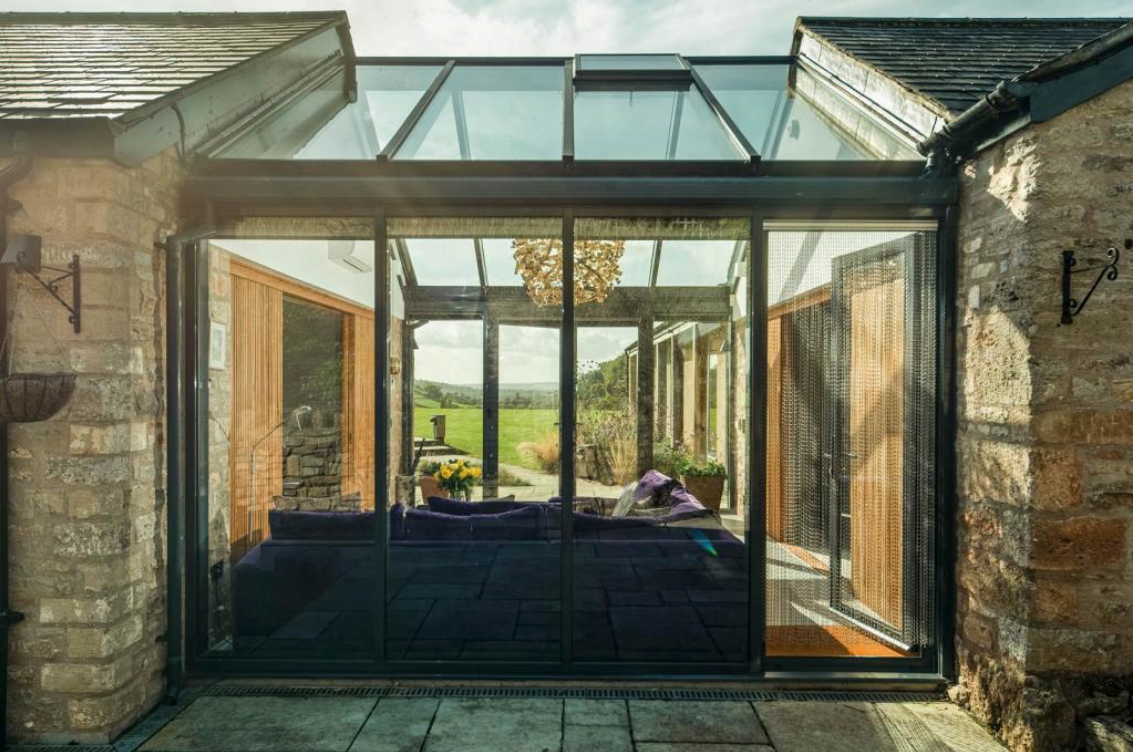What’s Hot In Sustainability 2025: No 6
The Robots Are Watching: How AI is Revolutionising ESG Compliance in Architecture (But Not in a Creepy Way)

In the not-so-distant past, ESG compliance (Environmental, Social, and Governance) meant dusty spreadsheets, manually sifting through carbon data, and hoping someone hadn’t hidden important metrics under “Miscellaneous.” But now, as the architectural world embraces smart design and smart systems, it’s getting a helping hand—or rather, a helping algorithm—from artificial intelligence.
Yes, AI is now the unsung hero in the ESG game.
Think less Skynet, more helpful librarian who never sleeps and always remembers where the green certifications are buried.
ESG Meets AI: A Perfect Match Made in the Cloud
At its core, ESG compliance is about tracking, measuring, and reporting a building’s environmental impact, how it interacts with its community, and whether it’s governed responsibly. This is important, but it’s also notoriously time-consuming and full of potential for human error.
Enter AI.
Artificial intelligence is being deployed across the globe to automate data collection, predict environmental impacts, ensure ongoing regulatory compliance, and even design with ESG goals in mind. What once took months can now be done in minutes—without anyone throwing their computer out of the window.
Smart Examples in Global Architecture
1. The Edge, Amsterdam – The Sentient Office Space
Often dubbed the greenest building in the world, The Edge isn’t just smart—it’s borderline psychic. AI controls everything from lighting and heating to cleaning schedules, based on real-time occupancy data. But more than just comfort, this smart system collects environmental metrics to ensure the building remains compliant with evolving ESG regulations—without relying on overworked compliance teams or guesswork.
2. Google's Bay View Campus – Designed by Algorithm, Governed by Data
In California, Google’s new Bay View campus is a poster child for sustainability—and AI had its digital fingerprints all over it. Machine learning was used to simulate the environmental performance of various design options before a brick (well, a solar tile) was laid. Now, AI continuously monitors energy usage, water recycling efficiency, and even material lifecycle impact, keeping ESG goals on track and verifiable.
The Punchline? ESG Compliance Doesn’t Have to Be Boring
What’s amusing is that for all the boardroom buzzwords and grim-faced reporting that ESG often brings, the future of compliance may actually be... fun? With AI at the helm, architectural firms can focus on creating innovative, beautiful spaces while the machines handle the dull bits—like carbon audit trails and regulatory benchmarks.
It’s sustainability with style—and surprisingly few spreadsheets.
In Conclusion…
Artificial intelligence isn’t just changing how buildings function—it’s changing how they behave. In the world of ESG compliance, AI is the quiet genius keeping everyone honest, green, and forward-thinking. So next time you marvel at a futuristic building with climate-responsive glass and solar-panel scales, remember: somewhere in the background, an algorithm is making sure it’s also playing by the rules.
And frankly, it’s doing a better job than we ever did.
Want to design smart, build sustainably, and let AI take the compliance wheel?
Let’s chat about how future - forward design meets future-proof responsibility.
#MarkMuirArchitect #PeopleFirst #SustainableLiving










